#epithelium
Explore tagged Tumblr posts
Note
Trick or treat?

Uhh, uhh, HAVE SOME HISTOLOGY DRAWINGS?!




#trick or treat#halloween#callimara#ask callimara#histology#med student#med studyblr#epithelium#connective tissue#cartilage
42 notes
·
View notes
Text
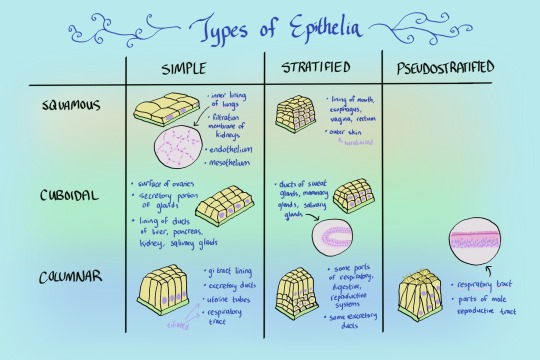
Types of Epithelia
5 notes
·
View notes
Text
Fuck them!

#megan thee stallion#ReblogView post#shedondidit#marthamays#19h ago#black women#freshbling#fuck them indeed#horriblybeautifulparadise#drist--zoi#homolobotomized#abt megalodon#bklynmusicnerd95#keybladeofsteel#justice just in time for xmas#epithelium#log6#tory lanez convicted on all charges!!!#anyone who bought his bullshit for even a second is a brainless fucking moron and i hope he rots in hell#Avatar#tariah23#relelvance#twitter#korloniumcrystals#theblackpearlofwakanda#20h ago#oh thank fucking god#black women deserve so much better than this shit#the fact that we even had to doubt if that rat was gonna get the hammer#unacceptable
9K notes
·
View notes
Text
If I read the word epithelium one more time I fear I'm going to burn this book.
I hate biology, it makes me cry :(
1 note
·
View note
Text




not really sure what you were expecting there, sabo
but why are sabo and law in jail together? why is sabo dressed like a doctor? is the handcuff on law's arm made of seastone? find out all this and more in LJ's newest slawbo fic!!! GO READ IT NOW!!!!!!!!!!
#fanart#one piece#sabo#trafalgar law#slawbo#sabolaw#trafalgar d water law#sabo one piece#op fanart#my art#i tried to convince her to add this to the fic but no dice. sad! well there's other flirting opportunities#for anyone wondering: keratinized stratified squamous epithelium is the long ass medical name for skin#law's not saying his favorite color is skin he's just saying the first medical term he can think of to get to the gay flirting faster#as one does#anyways don't steal/repost
128 notes
·
View notes
Text
Eoeo sorry for not begin active (again) but its time for me to post something...so yeah...doods 👍


Lil comic I'll redraw in digital




Sorry for the quality, I really don't have a lot of those (most of them are older) because the lack of motivation is hitting me all the time so I guess my next post will just be the pictures from under the microscope 🤷
#i'm begin serious#yall are getting epithelium pics#i know they're shit#captain hook#disney villains#disney#sillyposting#jafar#doodle
24 notes
·
View notes
Text
i think my eyes have gotten worse again & will likely have to see a doctor about it soon, but man. i don't want to go through surgery again
#getting your eyes plied open and 'watching' someone use a scalpel to scrape your epithelium off your eyeballs is uncomfy. to say the least#you know what helps against it? wearing those stupid fixed contact lenses
12 notes
·
View notes
Text
Smell is the most direct of the senses. Aromas must literally enter the body before they can be consciously identified. With every inhalation, molecules travel through the thin craggy pathways that begin at the nostrils and head toward the brain. They speed past the olfactory cleft, a narrow opening toward the top of the nose. They hit the olfactory receptors, which are housed on the hairlike tips of the millions of neurons that peek through a gold-hued mucous membrane called the olfactory epithelium.
Every human has around 350 different types of these receptors, which are unique proteins on both the left and the right side of the upper nostrils. These receptors are the gateway to the complex dance of perception. They connect to the smell molecules upon arrival and then transfer signals toward the brain by chemical impulse. Every human has between six and eight million neurons in the nose to do just that. These signals are fired rapidly, by many neurons at a time, forming a pattern not unlike a line of musical notes, or the HTML coding of a webpage. When combined, the brain interprets the signals as a smell, an “odor image”.
These patterns are both complicated and minute. Scientists have found that if the chemical structure of two smells are identical except for just one carbon atom, the patterns sent in response are nonetheless distinguishably altered. Nonanoic acid, for example, is a nine-carbon chain that yields the salty smell of cheese. Decanoic acid, with only one carbon atom added to its structure, however, smells rancid, like sweat.
These patterned signals travel on pathways made by neurons, which snake from the nose through a thin sheet of bone called the cribriform plate, and are deposited in the olfactory bulb, which lies toward the bottom of the brain. The bulb takes these patterns, like reading the score of a piano concerto or lyrics to a lullaby, and sends them farther on to the olfactory cortex. The cortex, in turn, relays an interpretation to other parts of the brain like the thalamus, which deals in conscious perception, and the limbic areas, for emotional response.
— Season to Taste: How I Lost My Sense of Smell and Found My Way (Molly Birnbaum)
#book quotes#molly birnbaum#season to taste: how i lost my sense of smell and found my way#neuroscience#neurology#chemistry#biology#human biology#senses#smell#brain#neurons#olfactory receptors#olfactory epithelium#cribiform plate#olfactory bulb#primary olfactory cortex#thalamus#limbic system
12 notes
·
View notes
Text
Hey girl, are you a microscopic slide of stratified cuboidal epithelium? Cause. You look like a kiwi.
6 notes
·
View notes
Text
Human Cell Tournament Round 1
Propaganda!


Simple columnar epithelium is a single layer of columnar epithelial cells which are tall and slender with oval-shaped nuclei located in the basal region, attached to the basement membrane. In humans, simple columnar epithelium lines most organs of the digestive tract including the stomach, and intestines. Simple columnar epithelium also lines the uterus. Simple columnar epithelium is further divided into two categories: ciliated and non-ciliated (glandular). The ciliated part of the simple columnar epithelium has tiny hairs which help move mucus and other substances up the respiratory tract. The shape of the simple columnar epithelium cells are tall and narrow giving a column like appearance.
In immunology, a memory B cell (MBC) is a type of B lymphocyte that forms part of the adaptive immune system. These cells develop within germinal centers of the secondary lymphoid organs. Memory B cells circulate in the blood stream in a quiescent state, sometimes for decades. Their function is to memorize the characteristics of the antigen that activated their parent B cell during initial infection such that if the memory B cell later encounters the same antigen, it triggers an accelerated and robust secondary immune response. Memory B cells have B cell receptors (BCRs) on their cell membrane, identical to the one on their parent cell, that allow them to recognize antigen and mount a specific antibody response.
#Simple columnar epithelium#Memory B cells#poll#polls#tumblr poll#tumblr polls#tournament poll#wikipedia#cells of the human body#science tournament#biochemistry
3 notes
·
View notes
Text

TSRNOSS, p 479.
#clofibrate#amoebic keratitis#ocular trauma#tryptophan degradation pathway#epicanthic flap#cribriform plate#olfactory epithelium#urinary tract infections#calcium content of semen#melatonin#growth hormone#non-shivering thermogenesis
0 notes
Text
Aggressive Features
Features that differentiate highly metastatic breast cancer cells from less aggressive forms revealed. The epithelial-mesenchymal transition defines changes that cells undergo when becoming invasive, whether during tissue development, wound healing or cancer progression. This study shows that highly metastatic cells bear a hybrid of epithelial and mesenchymal characteristics
Read the published research article here
Video captured with Leica Microsystems technology
Video from work by Mary E. Herndon and colleagues
Department of Biology, University of Iowa, Iowa City, IA, USA
Video originally published with a Creative Commons Attribution 4.0 International (CC BY 4.0)
Published in Disease Models & Mechanisms, September 2024
You can also follow BPoD on Instagram, Twitter and Facebook
17 notes
·
View notes
Text
would love to go more than a few months without eye issues. that would be great
#personal#abrasion reopened *again*#and i want to go visit my friends at the con they're selling at today#luckily it's close so i think i can drive myself safely#but gods would it be nice to not have to worry about if it gets more irritated#would be nice to wake up in the morning and not have to worry about if my eyes are dry and if im opening them too quickly#i just want a cornea where the epithelium actually fucking stays on#is that really so much to ask for?
0 notes
Text
ciliated means that it can move stuff over itself. Makes sense because cilia is an organelle that moves mucus over the cell. On another note it's related to a flagella except it doesn't move the cell itself. nonciliated is the opposite of that see this is easssyyy
#im gonna chew the squamous stratified epithelium of my buccal#HA you get it? i can speak in jargon too!!!#this bird studies
1 note
·
View note
Text

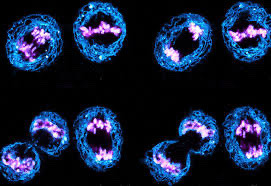
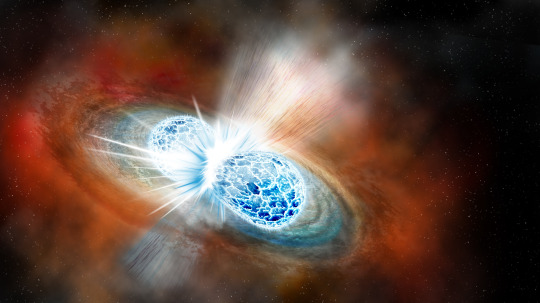
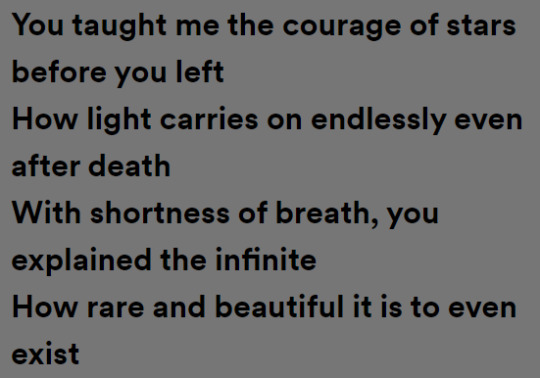





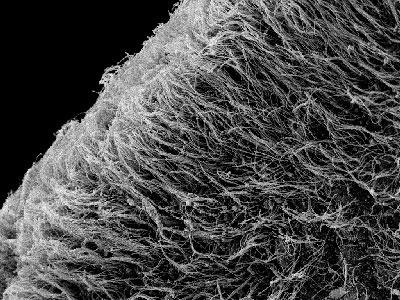
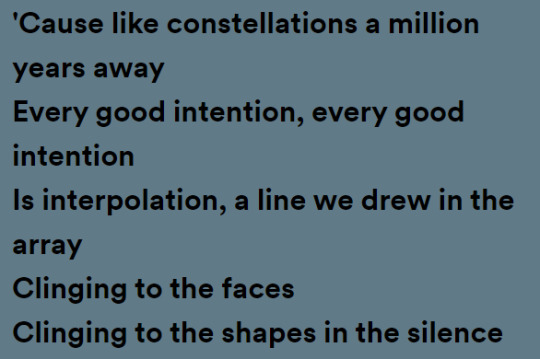


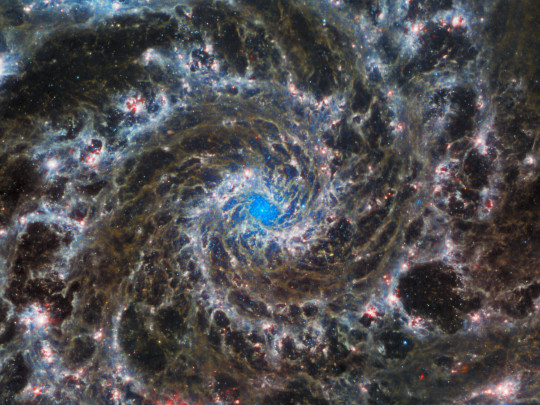

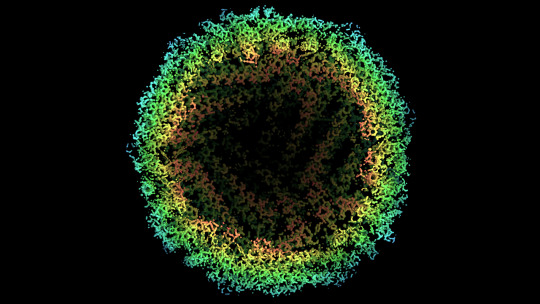

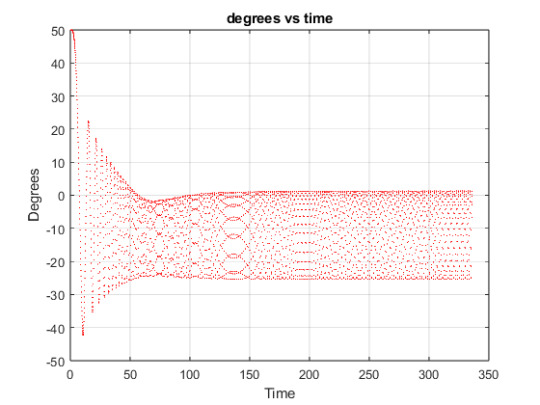



Infinite in Both Directions
@sketiana // cells undergoing mitosis // neutron stars colliding // 'saturn', sleeping at last // voyager golden records // diagram of an atom // diagram of the solar system // 'a toast to the alchemists', laura giplin // neural stem cells // ciliated ventral epithelium // 'constellations', the oh hellos // jwst deep field // 'singularity', marie howe // heart of the phantom galaxy // 'zephyrus', the oh hellos // apoferritin // aerial view of a forest // a graph me and my project co-chair made to model angle over time of our payload // molybdenum and sulfur atoms // unknown // pillars of creation
#web weave#webweave#space#infinity#atoms#idk. i'm so normal about this.#somehow we're right in the middle
11K notes
·
View notes
Text
70 Top Basic Histology Quiz Online Practice Test
Challenge yourself with our Histology Quiz and MCQs Questions to explore the fascinating world of tissues and cells. Put your knowledge to the histology practice quiz test now! Histology Quiz Topics Connective Tissue Histology Quiz Histology Quiz On Tissue Identification Endocrine Histology Quiz Digestive System Histology Quiz Histology Epithelial Tissue Quiz Histology Quiz…

View On WordPress
#Connective Tissue Histology Quiz#Endocrine Histology Quiz#Histology Epithelial Tissue Quiz#Histology Quiz Anatomy#Histology Quiz Epithelium#Histology Quiz Online Practice
0 notes